The Gift of South Dakota
Subscriptions to South Dakota Magazine make great gifts!
Subscribe today — 1 year (6 issues) is just $29!
Crazy Horse: Pointing to the Future
Editor’s Note: The work at Crazy Horse Memorial has progressed considerably since Bill Allan, a Plankinton native, wrote this piece. It appeared in our November 1987 issue. To subscribe to South Dakota Magazine, call us at 800-456-5117.
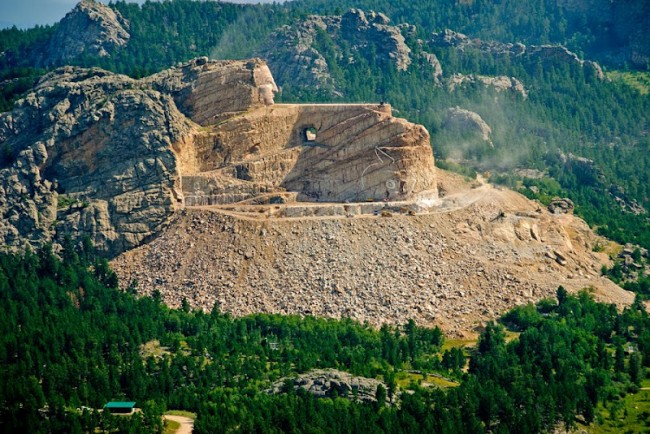 |
| Chad Coppess of Dakotagraph snapped this view of Crazy Horse Memorial in 2009. |
I came up to Mount Rushmore National Monument in long nourished anticipation, like others who flock to see this renowned carving, and was moved by the grand tribute to these four presidents who guided our land during troubled times. However, having seen pictures of Rushmore in magazines and papers, my emotions fell short of what I wanted and expected.
The story of Mount Rushmore is inspiring. The accomplishments of the creator, Gutzon Borglum, and those of the four faces portrayed in stone are truly a tribute to man's determination and exemplary of man's ability to rise to new heights.
But today, the work is finished. All that is left are the visitations and the photo taking, as viewers pay homage to artist and subjects alike. It is the same with the Washington Monument, the Pyramids, the Eiffel Tower and other great masterpieces. They gleam with grandeur and artistic greatness. Our eyes feed on them and we are inspired.
And then we drive away.
But as I drove away down one of the Black Hills roads, I found new inspiration in a mountainous tribute being carved to the American Indian. It became the lifetime endeavor of a special man whose work is now being continued by his family.
"When the legends die, the dreams end; when the dreams end, there is no more greatness."
The monument — conceived by local Native Americans, and engineered by the great sculptor Korczak Ziolkowski — is being carved out of a mountain of rock five miles north of Custer, South Dakota. It will one day be a gigantic figurine of the great Oglala Lakota leader Crazy Horse, astride a pony, pointing over the horizon to the Indian lands. "My lands are where my dead are buried," the young warrior once told a taunting white trader.
While he lived, Korczak liked to brag that, out of the 4.5 billion people in the world, he was the only one carving a mountain. The largest sculptural undertaking of all time, it will rise to 563 feet and span 641 feet — higher than the Washington Monument, larger than the pyramid of Gizeh, and so massive all four of the heads at Rushmore could fit inside the head of Crazy Horse when it is completed. Sculpted in the round, it will picture Crazy Horse mounted bareback on a horse so large a five-story house could fit into one of the animal's nostrils.
Henry Standing Bear, a Lakota chief, pleaded with an orphan boy from Boston who was already an established sculptor to carve a likeness of Crazy Horse, one of the greatest of Indian heroes. That was 1939. A war later Korczak accepted the challenge. He and Standing Bear searched until they found the proper mountain and, without money or income, forty-year-old Ziolkowski lived in a tent and immediately began the world's most massive sculpture.
Not knowing this, I reflected little interest as we drove up the road leading to the project. I was let down. All I could see was a pile of stone at the base of a rock mountain that someone had painted white markings on. I expected little else to capture my attention.
I was wrong.
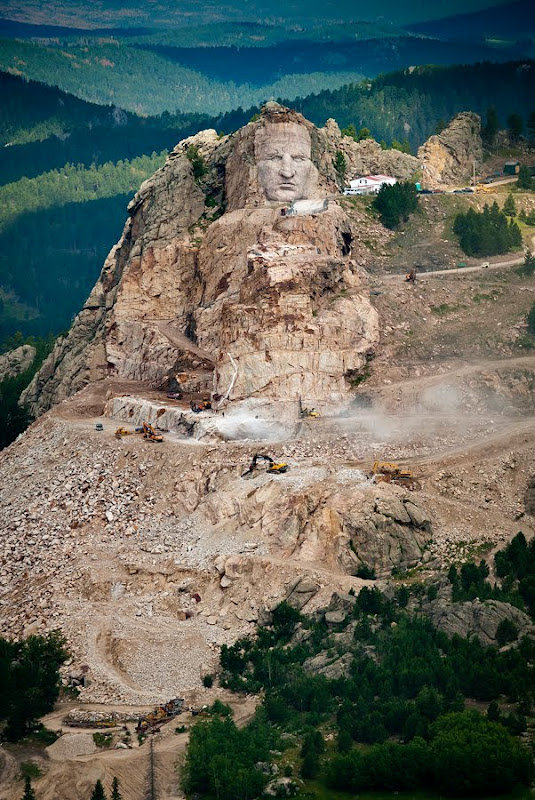 |
| Photo by Chad Coppess. |
There on the mountain I found an inspiration that will always be a part of my life. I found refreshing value in the determination of this man called Korczak. He could have likely written his own ticket to fame and fortune in the art centers of the world. Yet he was inspired to live the rest of his years in the shadow of a mountain, measuring, planning, carving and recording plans in the event he did not live to see the finish.
I am especially inspired by the last words the sculptor said to his wife, Ruth, just before his death in 1982 after 34 years on the mountain. "You must work on the mountain," he told her, "but go slowly — so you do it right."
It becomes obvious to all who view the stone carving that it is not the act of completion that carries the import of this tremendous undertaking. It is the act of doing!
I am sure the Indian people and Korczak designed it to be so. He did not plan to have a heart attack or have his back broken as he worked. And he knew bigots would oppose the idea of carving an Indian, yet he went ahead and bought the mountain with the arrangement that it would revert to the Indians at the death of the artist's youngest child. These obstacles just happened as part of living his love of life.
The mountain could break his bones and his body, but never his spirit. Like Crazy Horse, the man he was perpetuating, Korczak had too much heart.
Today his wife and children carry on the work. Visitors pay a fee (presently $27 a carload) to see the progress. Believing in free enterprise, the sculpture proudly refuses federal financing, relying instead on the monies from private people, namely the American public. It gives every viewer the opportunity to be a part of the dream as they participate in the doing. Most visitors take a stone chip or two of the famous mountain to more graphically tell the story when they arrive home. As each small chip falls, we are reminded that the inspiration of the Crazy Horse Memorial is in the doing. When it is completed, one day in the distant future, it will tell the story of America's first people and engrave the nobleness of the Indian Nation. From around the world, people will flock to view the masterpiece, and those whose aspirations found growth in the Crazy Horse story as told in rock may find a need for new goals that concentrate on the act of doing.
The memory of Crazy Horse is a marker, a milestone to the changing times of our nation. Perhaps we can view the Crazy Horse monument as an inspiration to rekindle our land's greatness. This proud Indian chief, along with the leaders of other Indian nations, knew the value of this vast land. They deemed it worth fighting for. They, too, were willing to lay down their lives to preserve it.
No one said it better than Korczak Ziolkowski: "When the legends die, the dreams end; when the dreams end, there is no more greatness."
On my next visit to the Black Hills, I will stop to look at the Rushmore faces, be uplifted, but will race on to the Crazy Horse site to see the progress that has been made in my absence. I will not look at Korczak's grave at the base of the mountain, rather, I will spend my time appreciating his ongoing lesson in creativity.


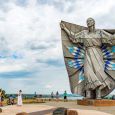
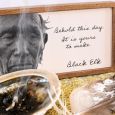
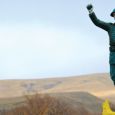
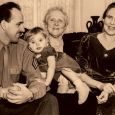
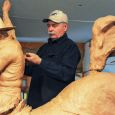

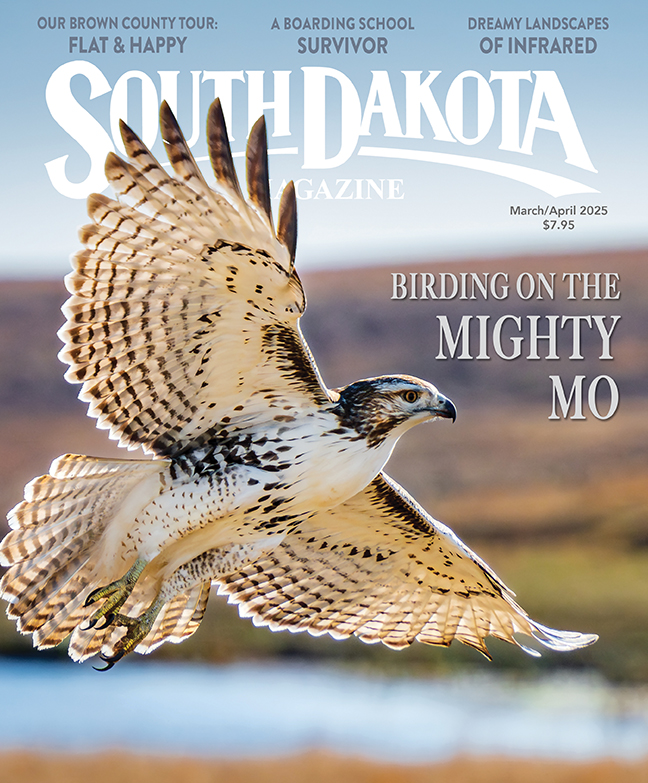

Comments
WORDS CAN'T DESCRIBE THIS MONUMENT
I LOVE IT
TOO OLD TO VISIT (85)
STAVROS